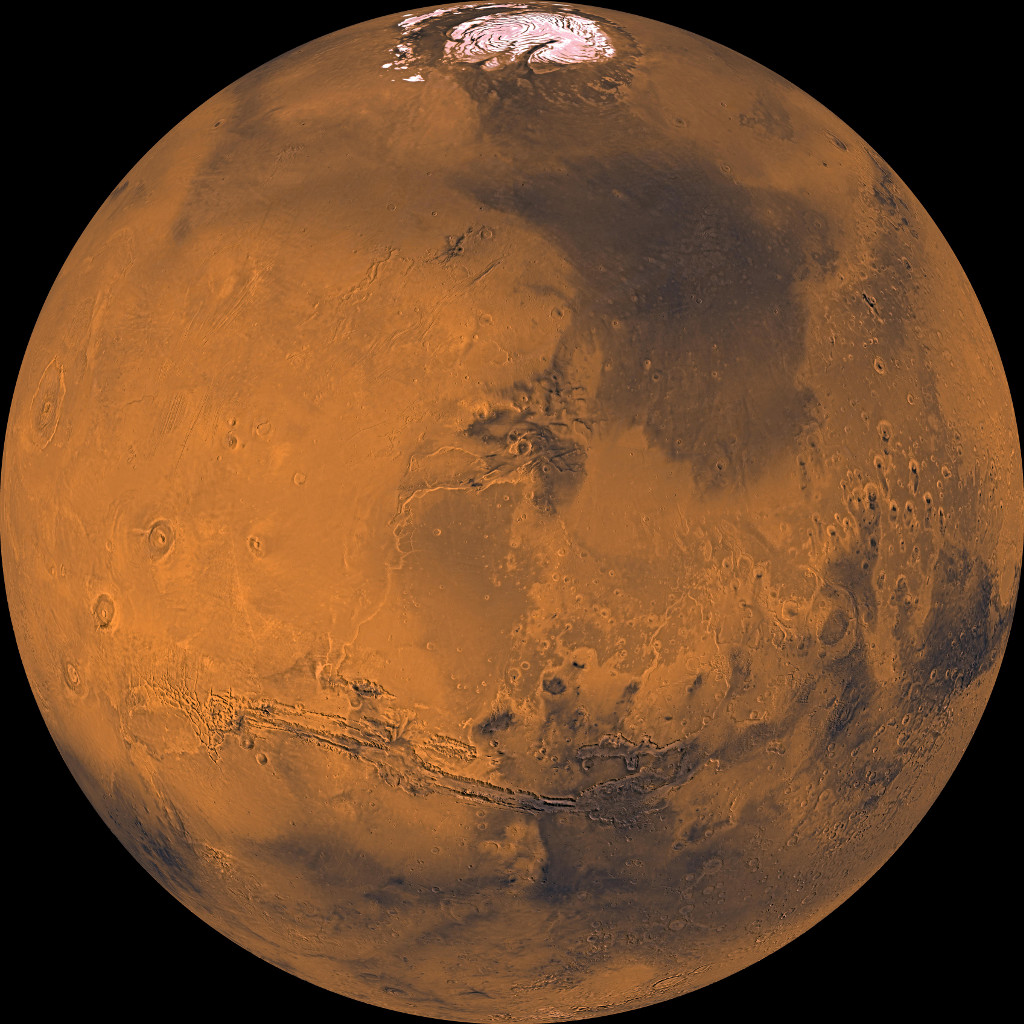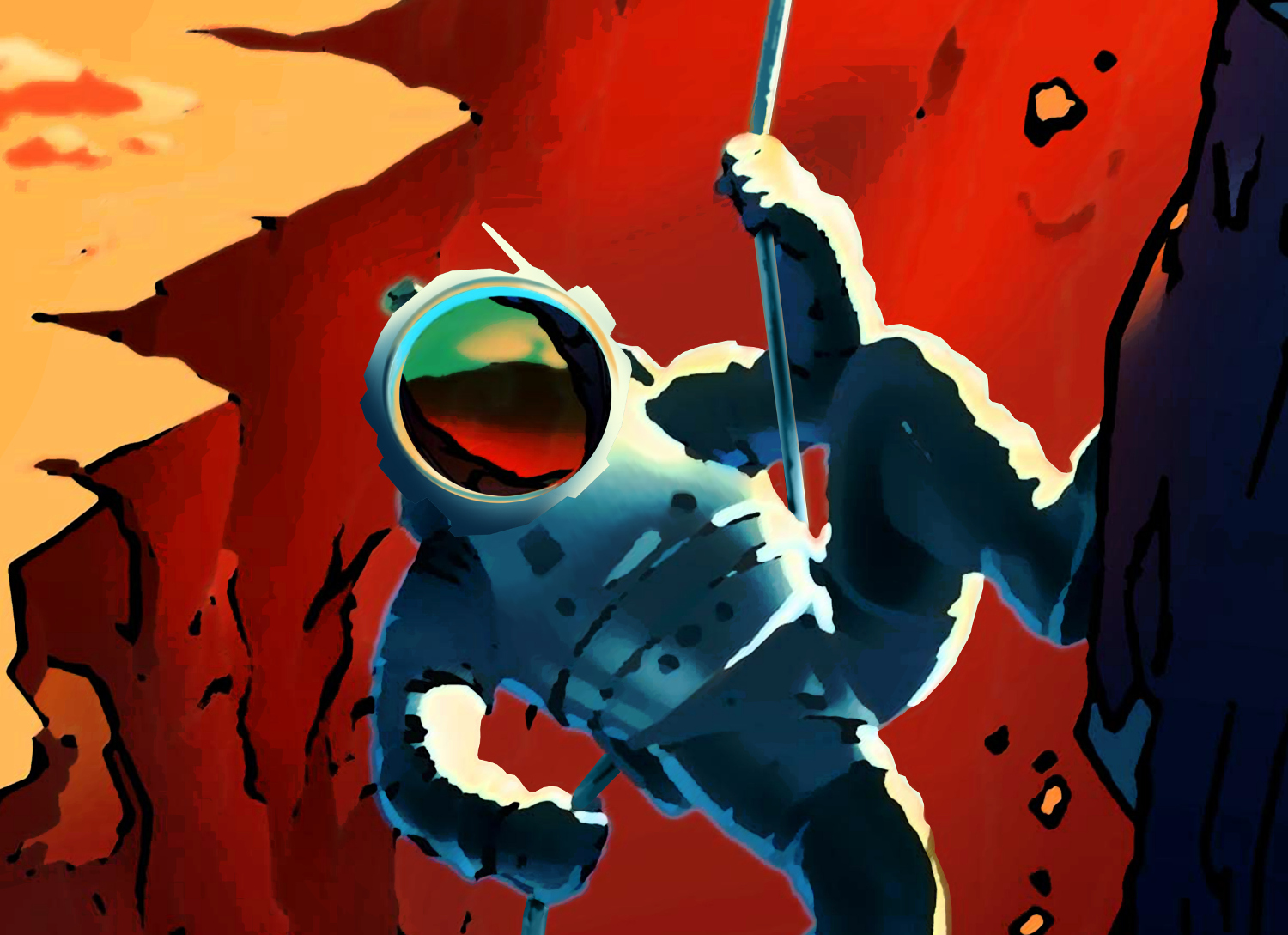“The rocket company has already begun to move hardware into temporary facilities at the site, including a tooling that will be used to make carbon-fiber composites for the rocket’s upper stage, also known as the Big Falcon Spaceship. SpaceX intends to manufacture the BFR components beside the water for easy shipping to test sites and launch pads.”
Deimos
Deimos is tiny and weird. We have surprisingly little good imagery of it. Here’s a new composite from old sources. No sign of baobabs.
Beyond dollars and cents
“He noted that space exploration had a benefit beyond dollars and cents, and pointed to the example of his own children. Muilenburg said his daughter was thrilled to try on a Boeing Starliner spacesuit during a recent family visit to Florida, while his son was entranced by the work being done on SLS.
“The inspiration quotient is very high,” Muilenburg said.”
There is no Planet B. Yet…
https://www.facebook.com/NowScienceNews/photos/a.255576118192463.1073741828.250707748679300/431936273889779/?type=3&theater
NASA Posters
2001
Ok, not Mars-related, but I cast a wide net here and… wow. Wow!
“The studio announced the landmark film’s return to theaters in a widely-circulated release, saying the goal is to give today’s moviegoers the same “cinematic event audiences experienced 50 years ago.””
Making Life Multi-planetary
A new paper from Elon Musk (written before the Falcon Heavy launch, but published this month) with lots of detail on the BFR.
“Our updated design leverages a smaller vehicle, still pretty big but a single vehicle that can do everything that’s needed for greater Earth orbit activity. Essentially we want to make our current vehicles redundant. We want to have one system—one booster and one ship—that replaces Falcon 9, Falcon Heavy and Dragon. If we can do that, then all the resources that are used for Falcon 9, Falcon Heavy and Dragon can be applied to this system.”
Wernher von Braun
Wernher von Braun was born on this day in 1912. His work on the Saturn V got us to the Moon and he’d have got us to Mars as well if only we’d pursued it.

Martian time on Earth
More on the perils of living on Martian time while on Earth. This is a fun presentation with lots of great mission lore.
What’s a sol?
A Martian day is 39 minutes and 35 seconds longer than an Earth day. To distinguish the two, we use the term “sol” when referring to a Martian day.
Landers we have sent to Mars use special 24 hour clocks with longer seconds than those of Earth, so that a sol is divided into 24 periods, just like on Earth. The operations teams for these landers work and live by the same clocks. This means, for people working on these crews, their schedule shifts 40 minutes later each day. This makes for interesting problems.
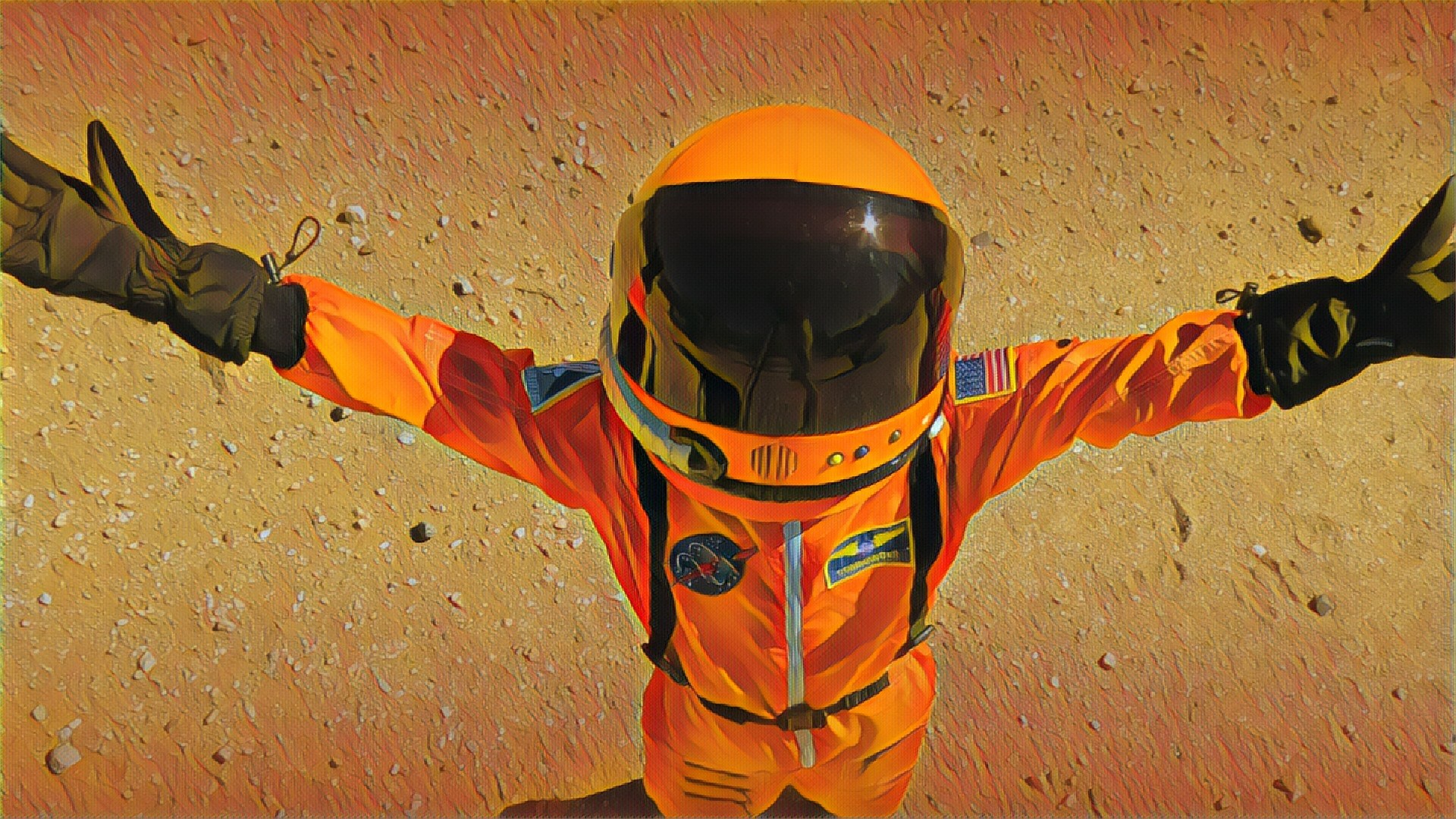

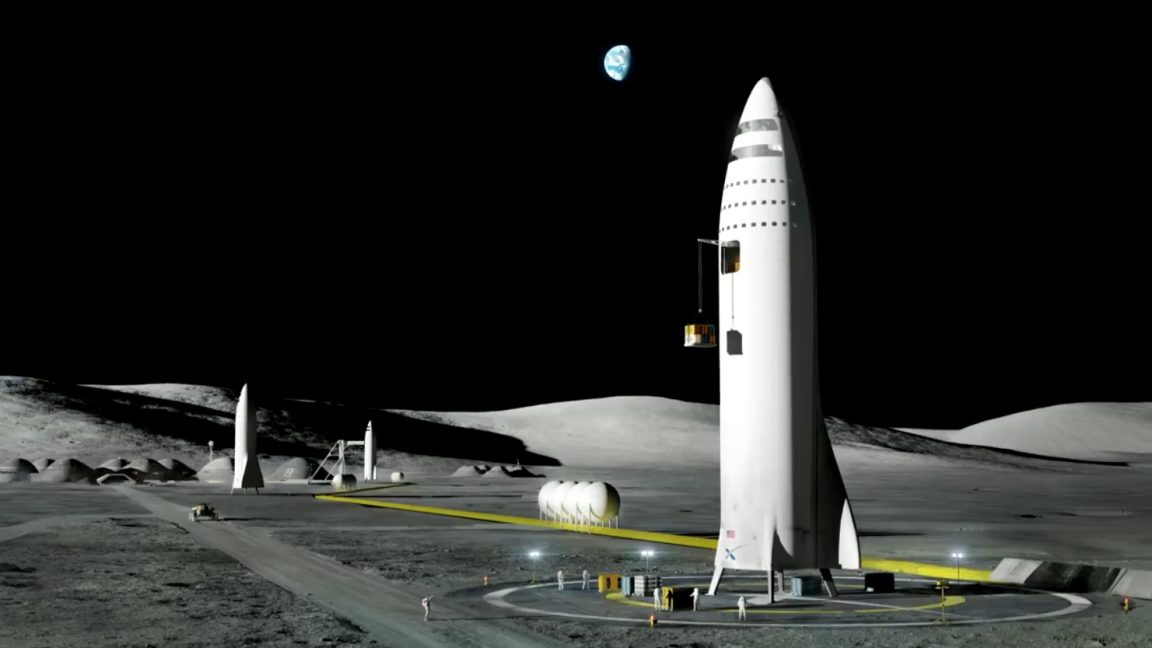
 Ars Technica
Ars Technica 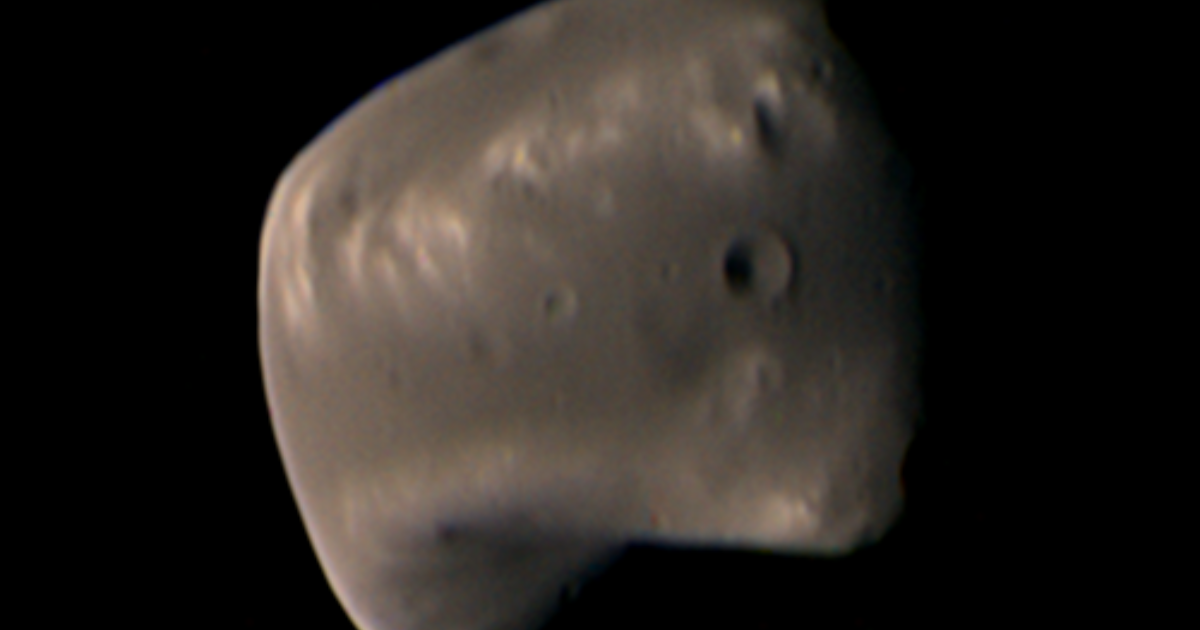
 The Planetary Society
The Planetary Society 